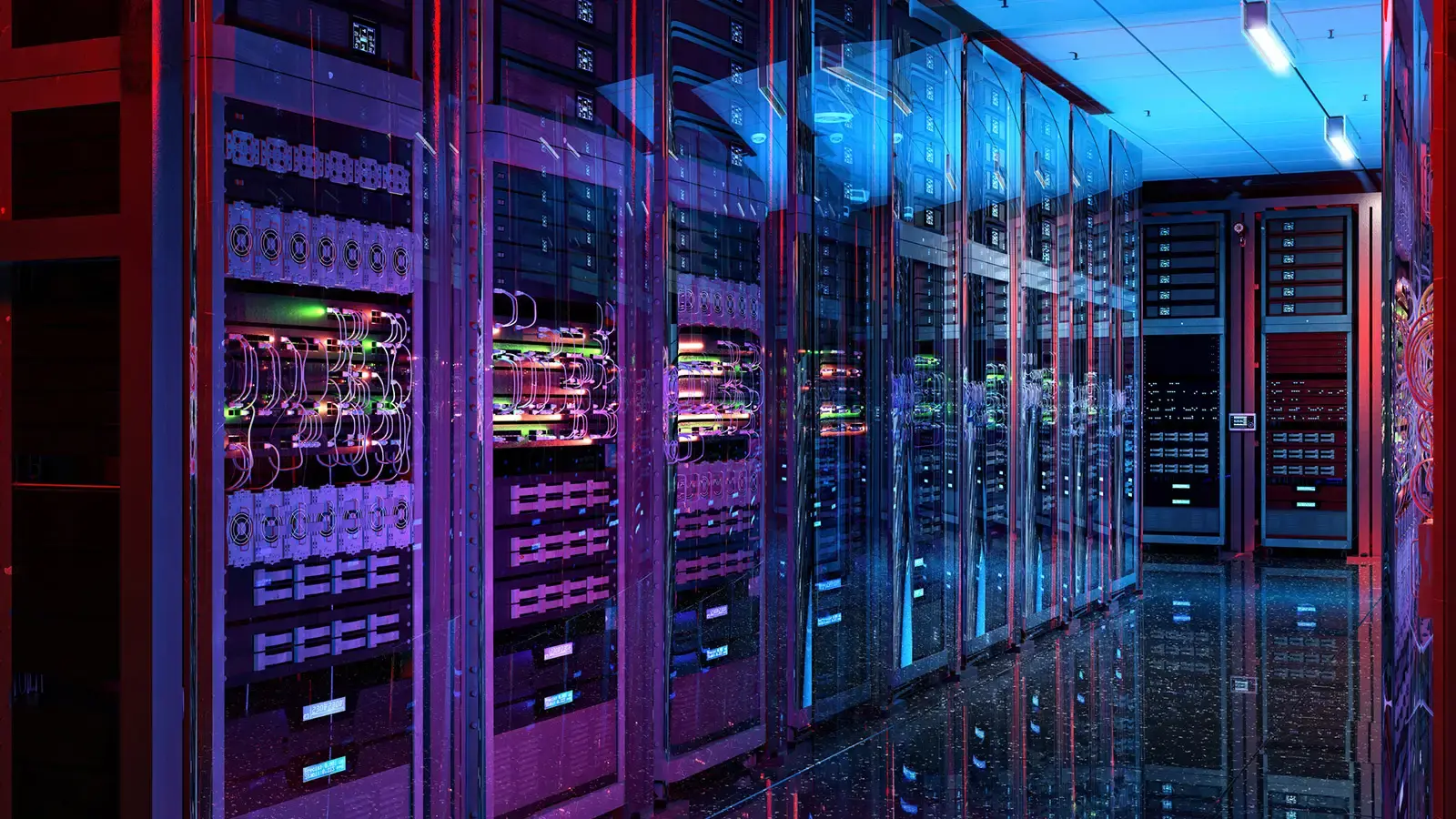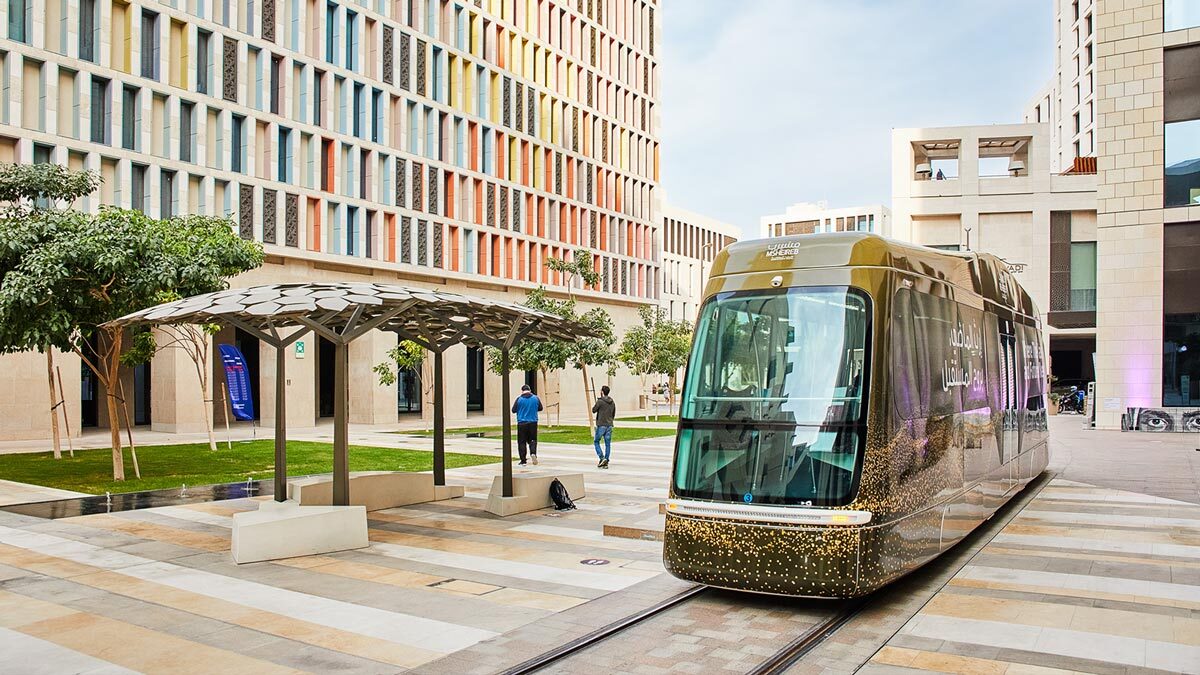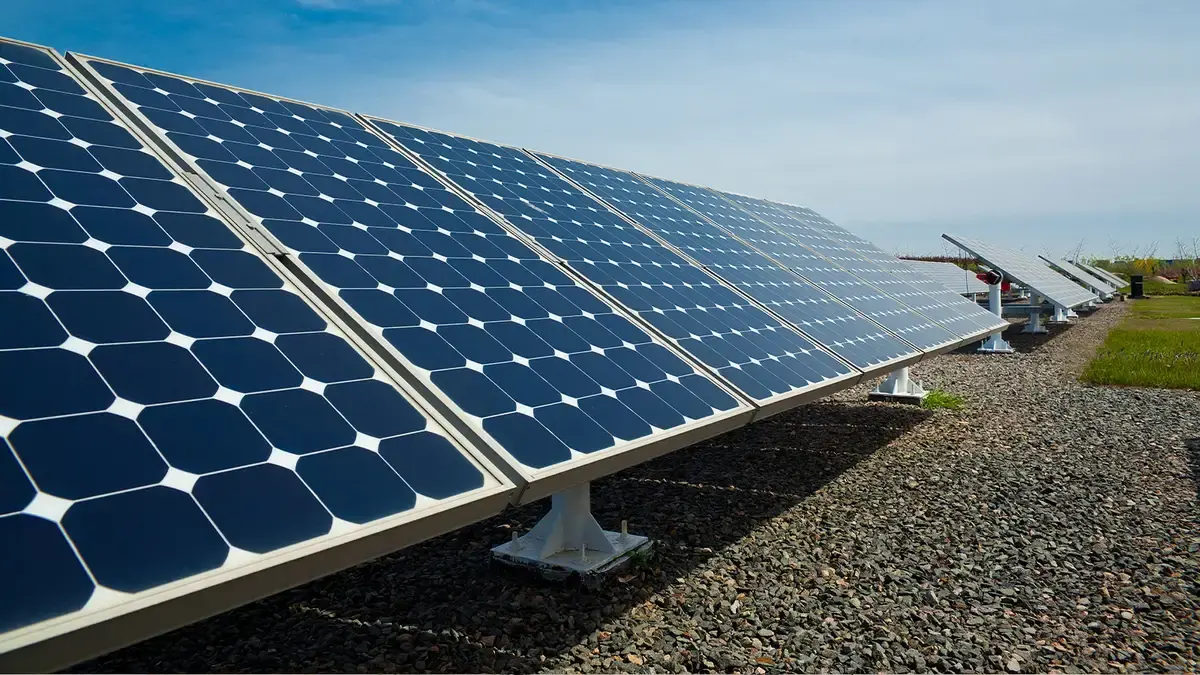Blog
Anticipating the challenges: MENA's intelligent data centre solutions

Our Tech Trends series tees up the conversations we will take forward at MWC25 Doha across three themes and 11 summits. This article looks at the data centre industry through a Middle Eastern lens, in particular how Qatar is building intelligent, energy-efficient data infrastructure to stay ahead of surging demand and support its National Vision 2030 knowledge economy goal.
Find out more about our dedicated Intelligent Data Centres summit.
As we enter a transformative era in which smart nations become increasingly reliant on real-time information, digital transformation projects face a shared data bottleneck.
The world’s data capacity is expected to grow by around 16% compounded per year. This will be overtaken by demand unless new investments accelerate rapidly, or new innovations reframe the challenge. If recent projections are in the right ballpark, at least double the global data centre capacity built since 2000 will be needed in the next five years to keep up. If we cannot maintain the ability to process, store and transmit vast data volumes rapidly and securely, smart city visions will remain tantalisingly out of reach.
Data demand is set to grow to 19-22% annually; more aggressive scenarios show figures as high as 27%.
Investing in data infrastructure ecosystems
Many technology advances hinge on instant access to staggering quantities of data. Bandwidth constraints, energy costs and reliance on shared cloud are slowing progress, just as advances in 6G research and AI deployments are on the verge of requiring peak performance.
Connected infrastructure is critical to support a knowledge-based economy. Data centres don’t operate in isolation; they sit at the centre of an array of hardware and digital platforms to process, transmit and secure information, including extensive networks, operating systems, cooling technology and power substations.
Backed by partnerships with global technology leaders, Qatar has been investing shrewdly in securing cloud independence and widespread connectivity, and in developing regulatory compliance and green energy, all of which are essential for long-term competitiveness.
The Qatar data centre cooling market alone is expected to grow from $81.04m in 2023 to $248.97m by 2032, at a CAGR of 15.06%.

The shift to intelligent data centres
In the Middle East, as digital transformation gallops ahead, the data market is projected to develop at extraordinary speed, fuelled by increasing demand for streaming, gaming, smart urban services and eGovernment initiatives.
To address the data supply-demand gap, a new kind of information processing hub is on the rise – the intelligent data centre. These next-gen facilities harness AI automation to continuously monitor and optimise energy consumption, predict equipment failures before they occur and support in-the-moment information access. Intelligent data centres are the answer to the heavy-duty computing needed for big data churn, IoT and advanced cities.
As new installations to serve data demand have come online, Qatar has seen an annual growth of 45% in capacity over the last decade, and its local data centre provider, Syntys, aims to bulk up production to more than 120 MW.
In the six-nation Gulf Cooperation Council (GCC), average monthly data consumption could reach 53 GB per month in 2028, up from 25 GB in 2022.
MENA has over 1 GW of data centre capacity, with an additional 4.5 GW expected by 2027 (that’s around $12b in new investments).
Smart energy management in Qatar
More data needs more power; always-on, AI-supported intelligent data centres consume even more energy than traditional models.
Data centres and transmission networks account for 2-3% of global electricity and this looks set to at least double in the next five years, especially as more and more 100 MW+ hyperscale centres are built. By 2027, power shortages could restrict up to 40% of AI data centres worldwide. Growing concerns about energy management are reflected in the way we describe data centre output: we measure production capability by how many megawatts of power are consumed. Organisations such as the World Economic Forum and International Energy Agency are calling for balance and highlighting the need for digital infrastructure powered by low-carbon technology.
For the next 6 years, data centre electricity consumption will grow more than 4x faster than the growth of total electricity consumption from all other sectors.

Along with other priorities such as data trust and resilience, a sustainable code of conduct is already embedded in Qatar’s National Vision 2030. Doha’s smart city projects in Lusail and Msheireb use IoT-based energy management systems to optimise power usage. This built-in energy planning has already proven its worth: Msheireb Downtown Doha has reduced its energy consumption by 30%. Qatar is showing that sophisticated energy management expertise can be a game changer in intelligent technology sectors.
Global data centre electricity consumption per year is forecast to double to 945 TWh by 2030, just short of Japan 's entire annual usage.
Challenges can be localised: Ireland’s data centre network now accounts for over 20% of all its electricity consumption.
This November, MWC25 Doha – the world’s leading technology event – brings together experts in intelligent networks and sustainable data ecosystems from across the digital community to lead meaningful conversations about data-powered, future-critical technologies. Register for MWC Doha or find out more about exhibiting and sponsoring.
MENA’s golden data advantage
When it comes to sustainability, MENA countries have a superpower that could redefine data centre design and offset energy concerns: year-round access to abundant solar energy.
Countries in the Middle East and North Africa are already exploring this natural resource. Qatar, in particular, has an intense national focus on renewable energy initiatives. Earlier this year, QatarEnergy announced the 2,000-megawatt (MW) Dukhan Solar Power Plant, which will roughly double the country’s solar energy capacity to about 4,000 MW within the next five years, or around 30% of the nation’s energy requirement.
Solar power integration into data centres is the natural next step, with enrichment from existing energy farms and new-build initiatives already taking shape across the Middle East. Beyon Data Oasis, for example, owned by Batelco (part of the GSMA Open Gateway) is the first 100% solar-powered data centre in Bahrain and uses energy generated off-grid at the site.
The Middle East Solar Industry Association predicts that MENA will produce 180 GW of solar power by 2030.

MENA’s growing green data credentials
In an increasingly competitive market, green energy is becoming a strategic differentiator, with resource stewardship of vital importance in ensuring the data future of the region. As early as 2014, Qatar’s M-VAULT 2 greener data centre, 30 kilometres outside of Doha, became the first LEED (Leadership in Energy and Environmental Design) Platinum certified data centre in the MENA region and one of only four data centres at the time outside of the United States with this certification.
Other advanced facilities across the MENA region have taken these principles forward, setting their sights on continuous improvement in water efficiency, closed-loop cooling and recycled materials to reduce environmental impact and strive for climate-neutral operations. As a case in point, the UAE’s Khazna is working towards carbon neutrality across all sites by 2050 and Saudi Arabia has plans for a net-zero installation.
6G and the data advantage
Early investment in 6G research by Qatar and GCC neighbours is also set to reshape the performance of data infrastructure. By enabling lower latency and improved predictive systems, 6G will indirectly reduce the energy burden of large-scale AI workloads. This is key to building smarter, greener cloud environments and ramping up the number of intelligent data centres.
6G technology will give data centres a significant boost in data transfer speeds, potentially reaching terabits per second. This in turn will free up pipeline, allowing more efficient handling of larger data volumes.
Qatar ranks second globally for general infrastructure (Global Innovation Index 2024) and leads the GCC in data and infrastructure (AI Readiness Index 2023)
Global tech giants invest in Qatar’s bullish data industry
Qatar’s Cloud Policy Framework aligns operations with international legal standards and best practice and has created a highly cloud-friendly environment for foreign and domestic investments.
Google’s Cloud region in Doha was the first in MENA.
Partnerships between Qatar and Microsoft, Google and Nvidia are reinforcing the country’s status as a catalyst for cloud innovation and digital transformation. These landmark investments are forecast to generate a combined total of over £35.9b in revenue and create tens of thousands of jobs. With these international collaborations accruing, Qatar’s regionwide data-centre business, Syntys, is now instrumental in supporting MENA’s digital ambitions.
Syntys currently operates 26 data centres across MENA.
Qatar: a flexible approach to a data-centric future
Qatar’s AI-first, sustainability-led approach demonstrates that solving the data bottleneck takes more than just investment; intentional, balanced design is instrumental. By combining high-performance infrastructure with policy alignment and green models, Qatar is anticipating pressure points and pursuing a future in which infrastructure can evolve as quickly as the technologies it supports.
Bookmark the MWC Doha Industry Insights page for more Tech Trends articles addressing the biggest technology opportunities of 2025 in MENA – from the AI economy to smart city innovations and 5G futures – it’s all covered. Register for MWC25 Doha or find out more about exhibiting and sponsoring.


